In the last step, we used narrow strips of fabric to join the tube segments together, and we left the ends of these strips unsealed. For now, fold these ends back and tape them out of your way.
On each side of the packraft, we’re going to start by sealing section 3, the longest side tube section.
To help hold the fabric out of your way while you work, fold a piece of corrugated cardboard and stand it up inside the tube, like this:
Then align the tube fabric so it butts up against the edge that’s already sealed to the floor.
If your tube fabric is darkly coloured, you may find it helpful to place a flashlight inside the tube to help illuminate the area while you work. You may also want to tape the fabric in place before you seal it.
Reach inside the tube with your heat-sealing iron to seal it in place, bonding an area between 1 & 1.5 cm wide along the edge. Here I’m showing how to do this with a different tube section, because I couldn’t fit the camera and the iron in segment 3 at the same time, but the procedure is much the same:
Start sealing in the middle of segment 3 and work back towards your body, and then reach in from the other end of the tube and do the same thing. When segment 3 is sealed from end to end, seal the other segments in place, working towards the front and back of the packraft from segment 3.
Once you’ve sealed two adjacent segments to the floor, take the narrow strip of fabric that joins them together and tuck it into the corner so it folds back where the tubes are sealed to the floor. Then seal this area with your iron.
Finally, because so many pieces of fabric join together at these corners, it is very difficult to achieve an airtight seal by heat-sealing alone. To prevent leaks, it’s a good idea to add a little bit of glue in these areas while you still have access to the inside of the tubes. You can cover the glue with tape if you’re worried about it sticking to something it shouldn’t.
Note: I started recommending Seam Grip Seam Sealer after I made the kit videos, so it’s not shown in the current versions. Basically, Seam Grip is just a preventative measure against a leaky seam, as some people end up with one or more spots where they didn’t get an airtight heat-seal so they have to spend time locating a very small, slow leak, which can be difficult. If you apply Seam Grip along the inside of all the seams (the non-TPU side, invisible from the outside of the packraft), it will prevent this possibile annoyance. This can be done after all the side tube seams are heat-sealed (any time after Step 3 and before/during Step 6). It’s applied with the included brush that screws onto the tube. Then, after the front center seam is heat-sealed (the first part of Step 6), reach in through the rear center seam to apply Seam Grip to the front center seam. Then heat-seal the rear center seam about 90% closed and reach in through the remaining opening to apply Seam Grip to the inside of the seam. You can use the included brush to apply Seam Grip to the last 10% of the inside of the rear center seam by threading the brush through the Boston Valve after you’ve heat-sealed the entire rear center seam (cover the valve’s threads with masking tape first). Adding an airtight zipper to your packraft makes this step easier because you always have access to the inside of the seams through the zipper.
Questions? Please post a comment below.
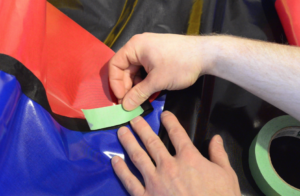
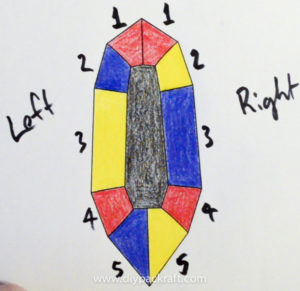
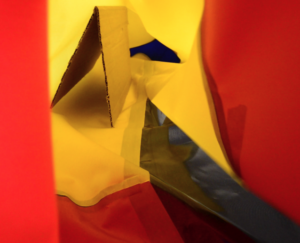
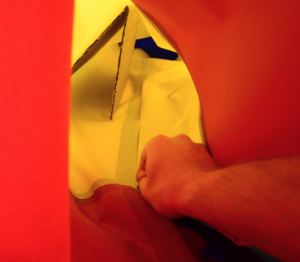
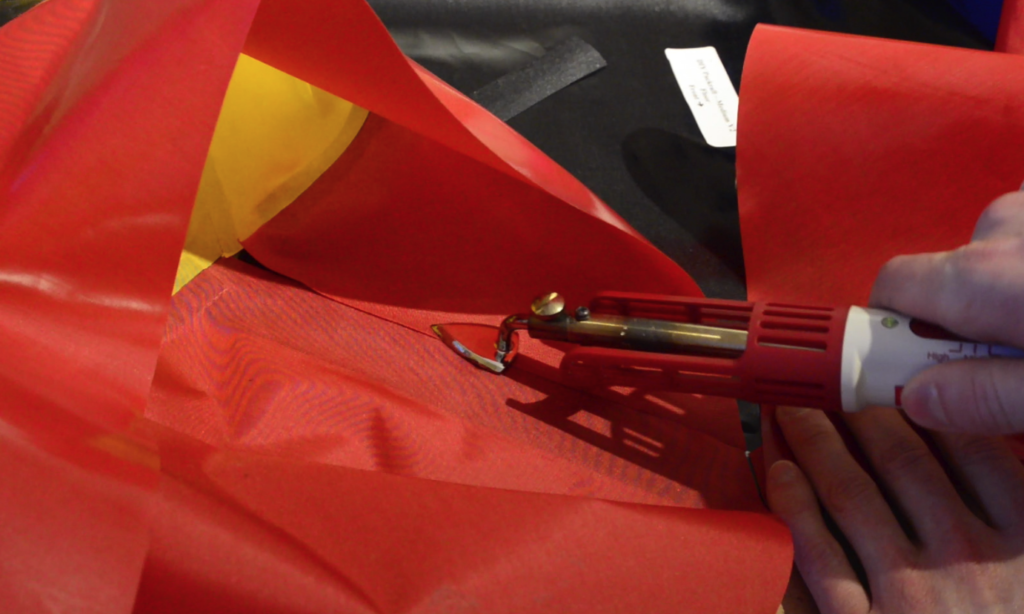
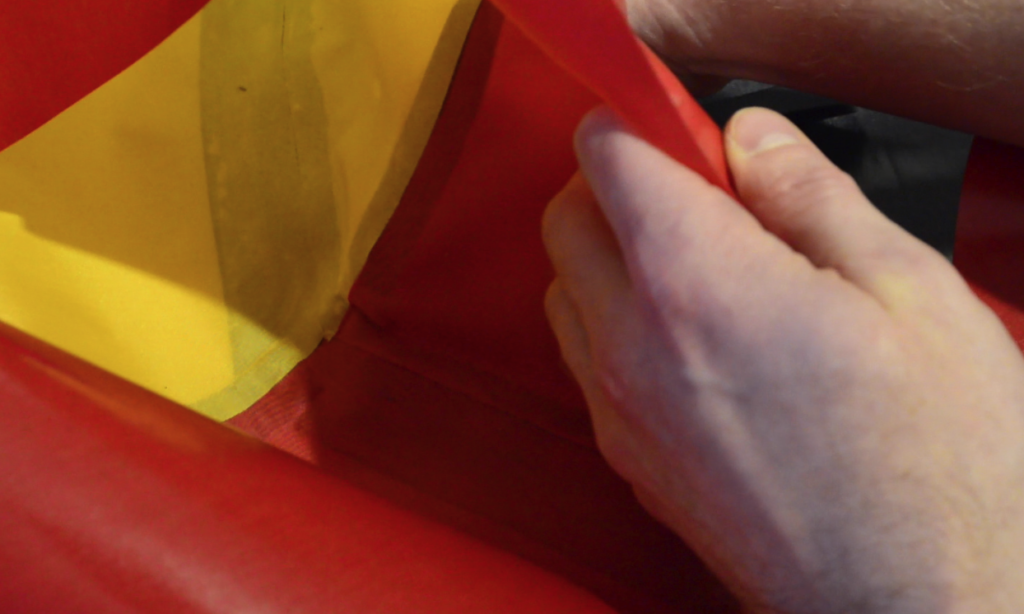
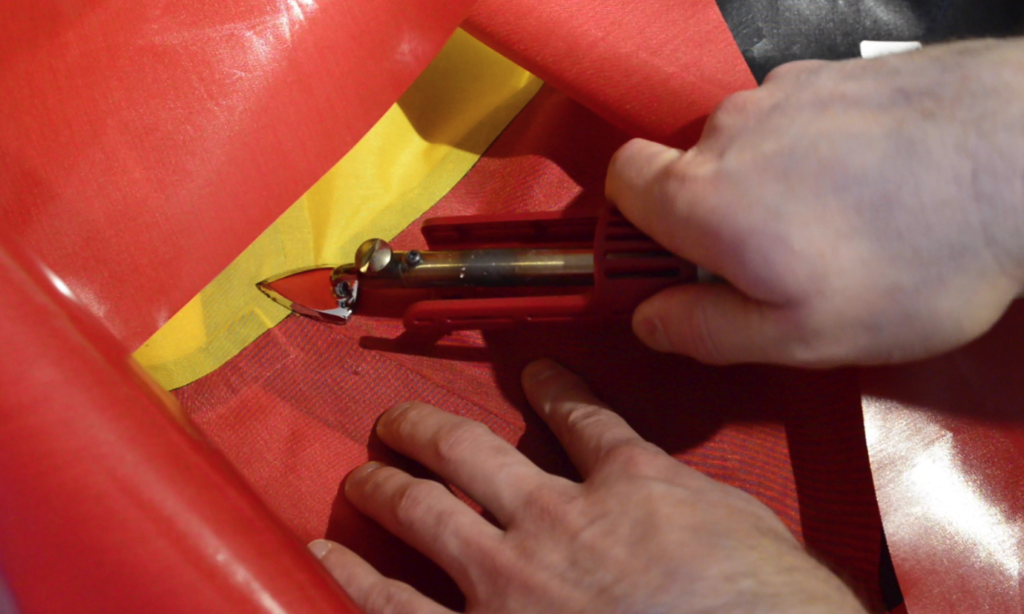
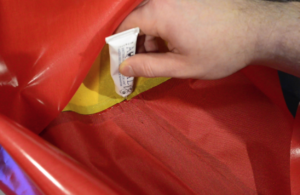
9 Comments
Breitpfann · July 24, 2018 at 10:51 pm
Hi Matt,
…as writen in your Step3, the “inner” part of the tubes have to be sealed 1 – 1.5cm to the outer Floor. Is there a reason for not sealing it for about 3cm, on the Floor – like the outer part of the tubes?
Matt (Admin) · July 25, 2018 at 8:15 am
Hi – 1 cm is the minimum overlap for a strong seam, but you can make it 3 cm if you prefer, as long as you have at least 3 cm at the end of the tube-to-tube seam strips left unsealed so that area can be sealed to the floor. Cheers!
Svensk · September 3, 2018 at 11:17 pm
Hej Matt,
thank you for the information and sorry for my late reply. I did the Overlaps 3cm and it worked out fine.
I finished it just one day bevor my “Packraft” Holidays…so, just in time :O)
…but all the work payed out in the first minute sitting in my Packraft on a little river in swedisch lappland. It is awesome!
Greetings from Germany, Jens
Matt (Admin) · September 4, 2018 at 3:39 pm
Excellent!!
Nele · May 17, 2018 at 3:30 am
How long do you leave the narrow strips? Do you seal them to the tube or also a certain length to the floor?
Matt (Admin) · May 17, 2018 at 8:09 am
They should be folded back at the tube-floor joint and sealed to the floor – about 2-3 cm is sufficient.
Nele · May 17, 2018 at 10:17 am
Okay, thank you. I am so excited to finish and test it!
Dylan · April 16, 2017 at 4:17 pm
Have you or anyone tried sealing the tubes to the floor prior to joining the tube pieces to each other with the strips? The idea being that once two adjoining tube pieces are completely connected to the floor (leaving a few inches un sealed at the edge), slide the bowl inside the tube between the two pieces and seal the strip with the tubes roughly in their final position.
Matt (Admin) · April 16, 2017 at 4:22 pm
Hi Dylan,
I have tried it and it’s possible, but I don’t really recommend it because if your tube pieces are misaligned at all then when you get to the end of the seam you will have excess fabric to take in with a dart or pleat. If you leave a few inches unsealed on either end though (as you suggest), it might work out okay because any excess fabric could still be trimmed off… interesting idea! If you give it a try, let us know how it goes!
Thanks